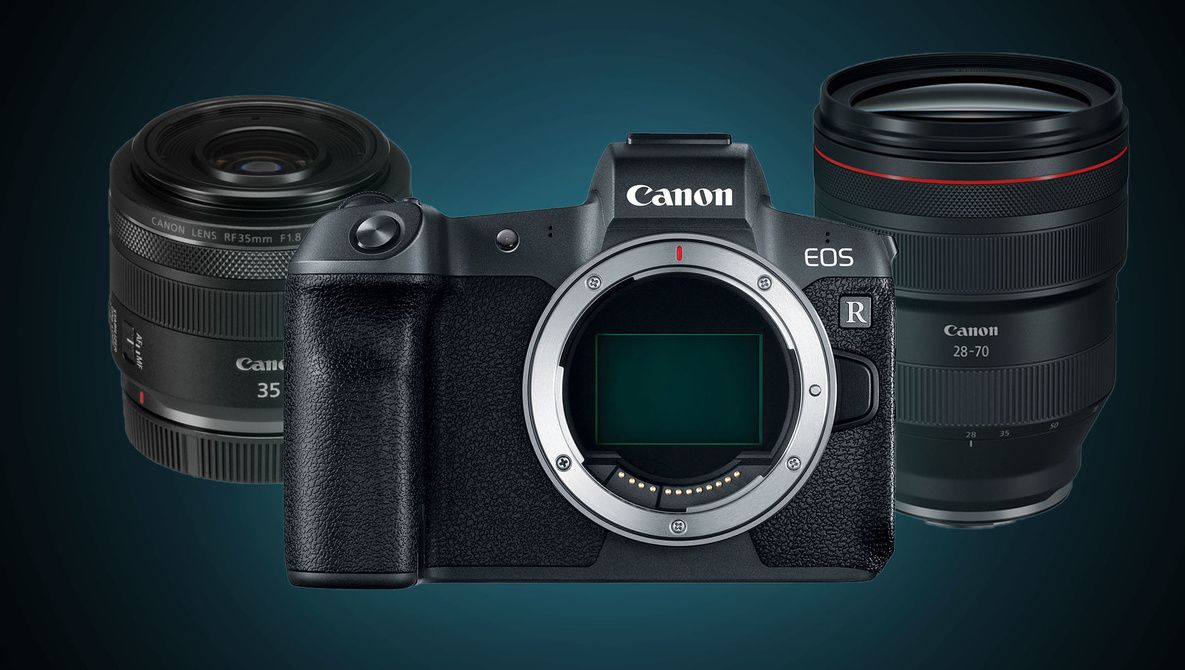The Rise of In-Body Image Stabilization (IBIS) in Cameras
With the advent of digital photography, the pursuit of capturing the perfect image has always been at the forefront of camera technology innovation. Among the many advancements, In-Body Image Stabilization (IBIS) stands out as a pivotal development that has redefined what is possible with a handheld camera. Emerging from a need to reduce the impact of camera shake on image quality, IBIS has rapidly transformed from a specialized feature into a standard expectation for both amateur and professional photographers alike.
A Brief History of Image Stabilization
The concept of image stabilization isn’t new. It has its roots in lens-based systems, where optical elements within the lens shift to counteract movement. However, these systems had limitations. They were specific to certain lenses, which meant photographers had to invest in multiple stabilized lenses to cover a range of focal lengths. This approach was not only expensive but also added weight and complexity to a photographer’s gear.

The Evolution of IBIS Technology
IBIS changed the game by relocating the stabilization mechanism from the lens to the camera body. Introduced by pioneering companies in the photographic industry, this shift allowed any lens, old or new, prime or zoom, to benefit from stabilization. The evolution of IBIS has seen it become more sophisticated and effective, with modern systems providing up to 5-axis stabilization, compensating for pitch, yaw, roll, and both vertical and horizontal translation.
The Impact on Photography
The impact of IBIS on photography cannot be understated. Suddenly, photographers found themselves able to shoot in low light conditions without a tripod, using slower shutter speeds without the penalty of blur. The playing field was leveled for lenses that didn’t have stabilization, giving them new life and functionality. For wildlife and sports photographers, the ability to use long telephoto lenses handheld has opened up new opportunities for capturing sharp images of fast-moving subjects.
Videography and the Stabilization Revolution
Videographers, too, have benefited greatly from the integration of IBIS into camera bodies. The ability to shoot smooth, cinematic footage without the need for bulky gimbals or rigs has made high-quality video production more accessible. Filmmakers can now work with a greater degree of freedom and spontaneity, knowing that their camera’s IBIS system will provide a helping hand in achieving stable shots.
The Future of IBIS
As we look ahead, the future of In-Body Image Stabilization (IBIS) is poised to push the boundaries of what we can achieve with camera technology. The rapid pace of innovation within the industry suggests that IBIS will continue to evolve, offering photographers and videographers even more control and versatility in how they capture images and footage.
Advancements in Video Production
Videographers will continue to benefit from advancements in IBIS. As the technology improves, the line between professional cinema cameras and consumer-level devices will blur, making high-quality video stabilization accessible to a broader audience. This could revolutionize independent filmmaking and content creation, reducing the entry barriers to producing smooth, cinematic footage.
AI and Machine Learning Integration
The integration of artificial intelligence (AI) and machine learning with IBIS could lead to smart stabilization systems that adapt to shooting styles and conditions. Cameras might learn to anticipate certain movements, such as the tremors associated with panning or tilting, and compensate for them more effectively, resulting in even smoother captures.
The Role of IBIS in Multi-Camera Systems
The rise of multi-camera systems in smartphones and other devices presents an opportunity for IBIS. By stabilizing the feed from multiple cameras simultaneously, devices could produce images and videos with greater depth, clarity, and perspective, pushing the limitations of size-constrained devices.
